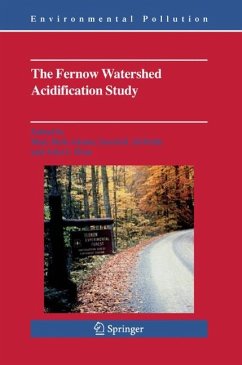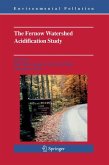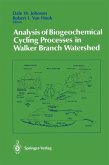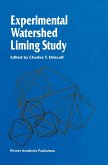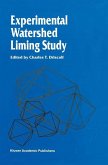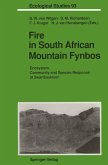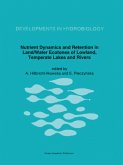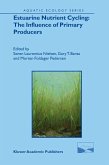In the late 1980's, a considerable amount of research addressing the effects of acidic deposition was begun, much of it related to the Congr- sionally mandated National Atmospheric Precipitation Assessment Program (NAPAP). As a result of the 10-year NAPAP program, effects on human health, materials, structures, visibility and terrestrial and aquatic ecosystems were evaluated. As a result of NAPAP funded research, negative effects of acidic deposition were documented on freshwater lakes in the Adirondacks and on the red spruce of the Adirondacks and northern Appalachians. One of the recommendations of the NAPAP Forest Response Program, however, was that a better understanding of the effects of acidic deposition and its constituents on processes within forest ecosystems was needed. In response to this need, the US Environmental Protection Agency (EPA) funded an ambitious program to manipulate the geochemical processes within wat- sheds in the United States. Originally, there were to be many watersheds to be treated, to encompass the scope of vegetation types, climate and deposition regimes. Ultimately only two such studies, one at on the Fernow Experimental Forest in West Virginia and one at Bear Brook Watersheds in Maine (BBWM) were implemented. Both are ongoing more than fifteen years later. Work began in 1987 in preparation for the Fernow Watershed Acidi- cation Study. Much attention was initially devoted to issues related to analyses of water chemistry and the quality control/quality assurance of the data coming from the study.
Bitte wählen Sie Ihr Anliegen aus.
Rechnungen
Retourenschein anfordern
Bestellstatus
Storno

